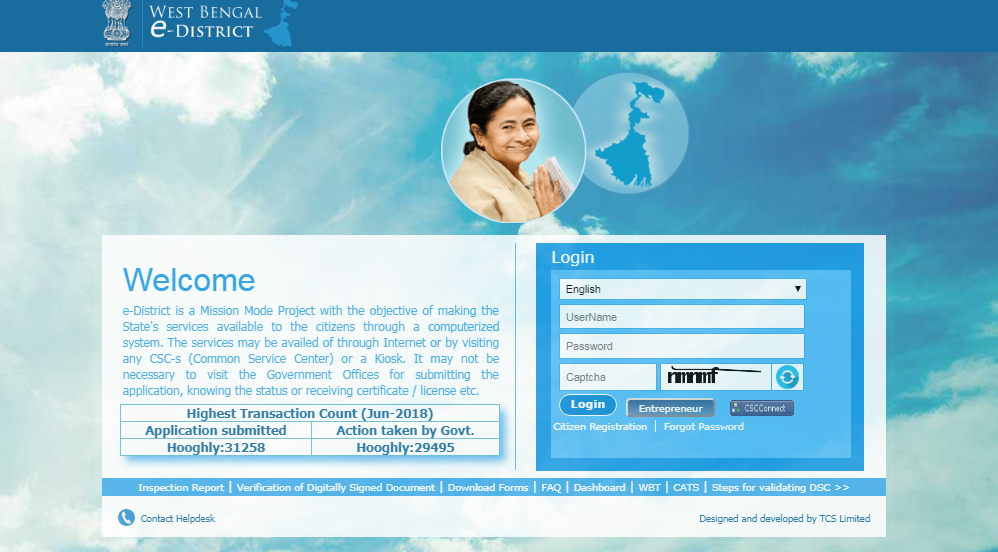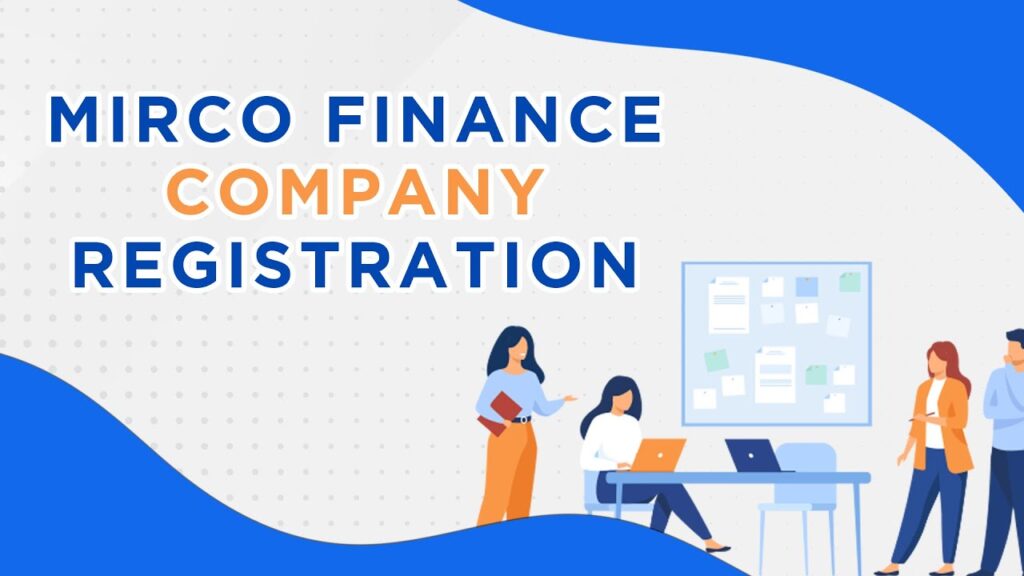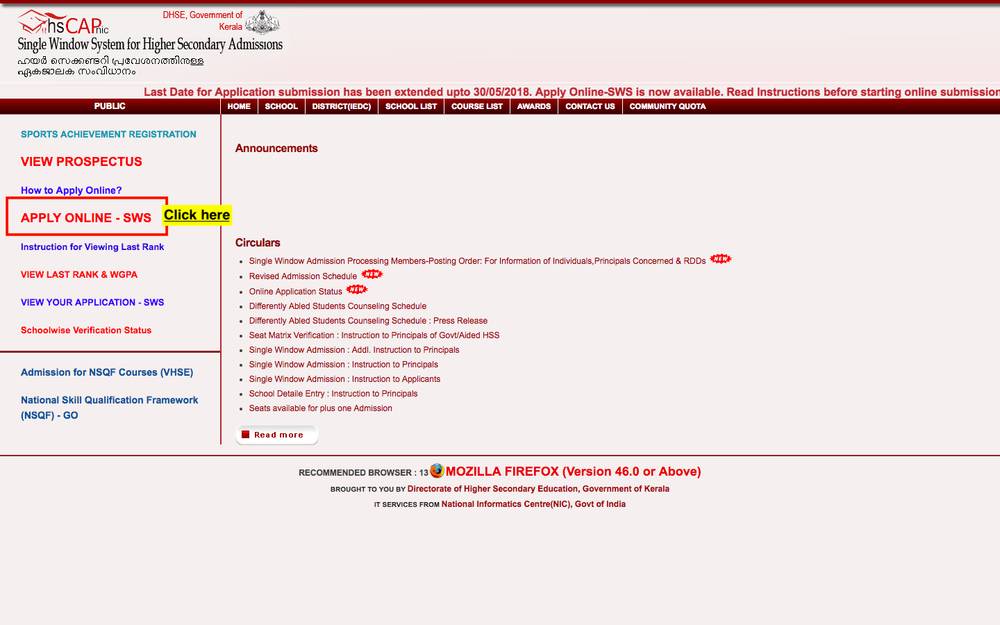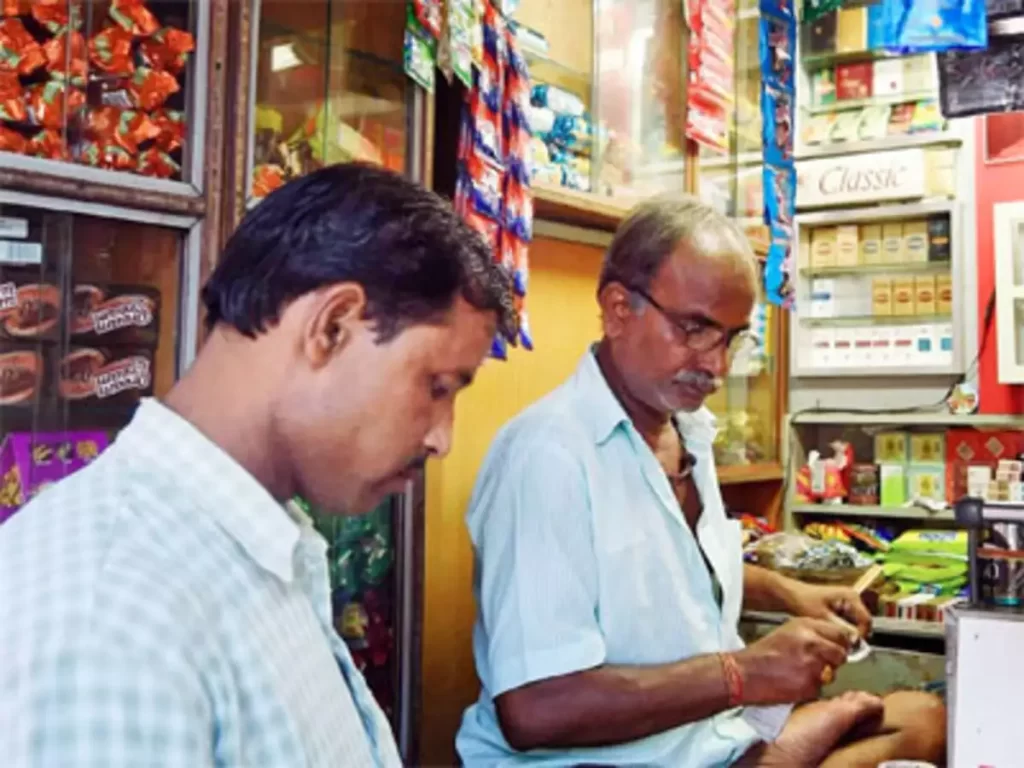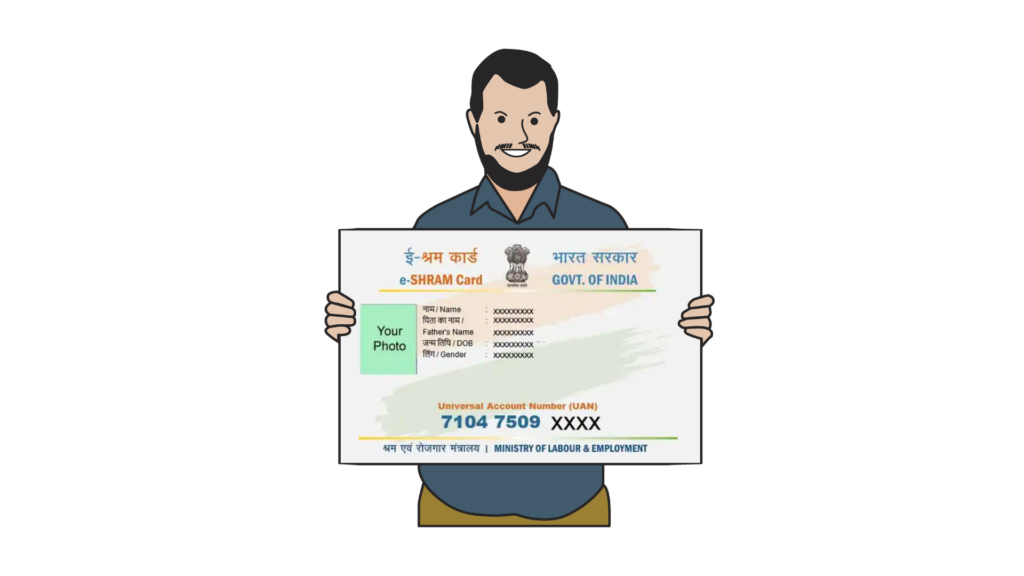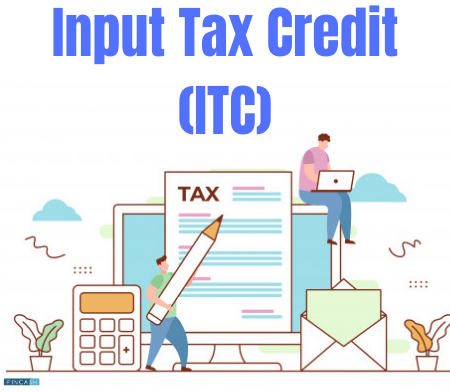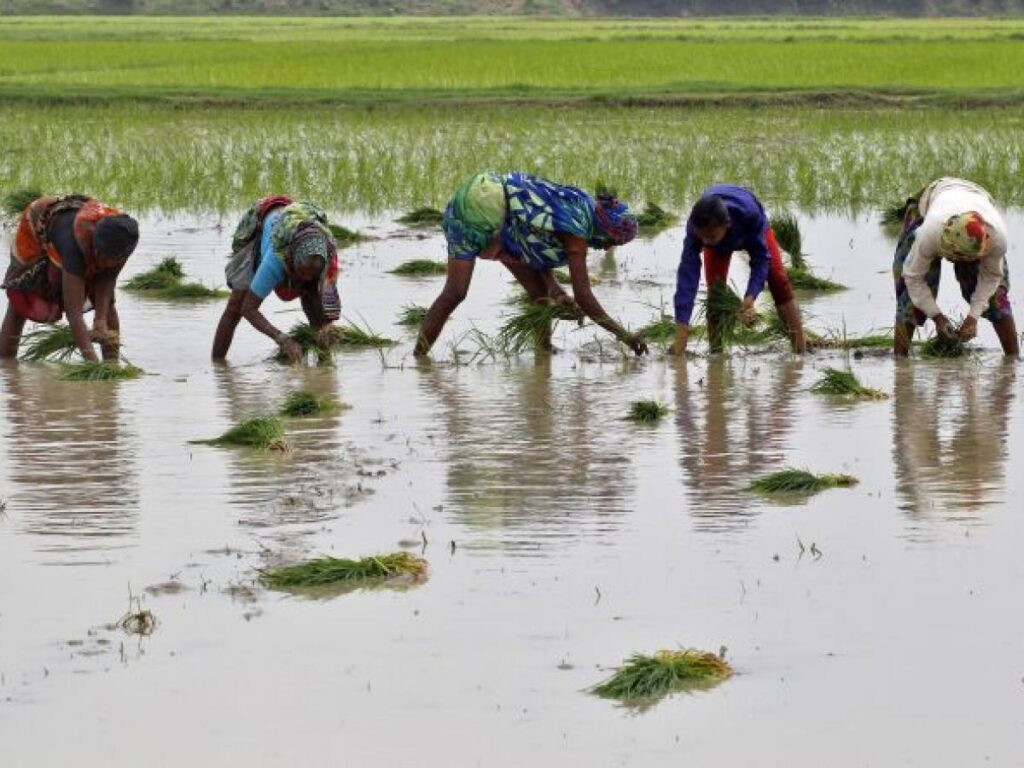Kanya Sumangala Yojana
Economic development of girls is very important in the society so that they do not depend on anyone for basic necessities. In such a situation, the UP government has started Kanya Sumangala Yojana for the daughters of its state , under which financial assistance of Rs 25 thousand is provided to the girls of the state in 6 different installments from birth till completion of studies up to class 12th. This amount can be used to ensure the education of girls. What is Kanya Sumangala Yojana? The Uttar Pradesh government has started the Kanya Sumangala Yojana for the education of girls. Under this scheme, financial assistance of Rs 25,000 will be provided to girls in unequal installments at different levels from birth to 12th class, which will help the girls in getting proper education. Earlier, assistance amount of ₹ 15000 was given under this scheme, but now it has been increased to ₹ 25000 by the government . Poor families who consider girls a burden and kill them at birth or stop their education, such families will get proper guidance through this scheme so that they can change their negative thinking towards daughters. This scheme will bring change in the society, people’s thinking will change and this will make the future of daughters bright. What is the objective of Kanya Sumangala Yojana? The main objective of launching Kanya Sumangala Yojana by the Uttar Pradesh government is the social and economic development of daughters which is possible only with good education. Therefore, to ensure the education of girls, the UP government has launched Kanya Sumangala Yojana which will provide them financial assistance for education at different levels. This scheme will change the negative thinking of people about daughters and this will also encourage daughters for higher education. When and how much money will be received under Kanya Sumangala Yojana At the time of birth of girl child: ₹5000/- For vaccination after 1 year of birth: ₹2000/- On taking admission in class 1st: ₹3000/ – On taking admission in class 6th: ₹3000/- On taking admission in class 9th: ₹5000/- Lump sum amount on admission in class 12th: ₹7000- Benefits of Kanya Sumangala Yojana Uttar Pradesh Under the scheme, the UP government provides financial assistance of ₹ 5000 to the poor family on birth in the first class. After this, Rs 2000 on vaccination after 1 year. An amount of ₹18000 is provided for studies from class 1st to 12th. In this way, the girls receive a total amount of ₹ 25000 in unequal installments. This amount helps girls to get education. This scheme also encourages poor families so that they do not consider their girls a burden and create obstacles in their education. This is an important initiative of the UP government for the economic and social development of girls. Eligibility for Kanya Sumangala Yojana The girl child and her guardians should be permanent residents of Uttar Pradesh state. Such girls who are born after 1 April 2019 will be given the benefit of this scheme. Keep in mind that a maximum of two children in a family can avail the benefits of this scheme. Families whose annual income is less than Rs 3 lakh will be benefited under this scheme. In case of twins, the benefit of the scheme will be given to up to three girls. While filling the application form of the scheme, the applicant will have to provide another number along with the valid mobile number. There is a provision to provide benefits to girls from poor families under this scheme. Girls of every religion, caste or class will be able to avail the benefits of this scheme. If any mistake is found in the documents or application form then the applicant’s application will be rejected. Documents required for Kanya Sumangala Yojana Aadhaar card of guardian Birth certificate of girl child Address proof I Certificate electricity bill Bank account details Passport size photograph Mobile number etc. How to apply under Kanya Sumangala Yojana 2024? First of all, open the official website of Kanya Sumangala Yojana https://mksy.up.gov.in/ . Now the home page of the official website will open, in it you have to click on the option “New User-Register Yourself”. After clicking, a registration form will open in which all the required information will have to be entered carefully. After entering the information, you will have to complete the registration process by clicking on the “Register” option. After registration, you will receive a user ID with the help of which you will have to login back to the portal. After logging in, the application form of the scheme will open, which has to be filled carefully and duly. After filling the application form, important documents have to be scanned and uploaded. After doing this, you will have to click on the “Submit” option given at the end After doing this, the process of online application under Kanya Sumangala Yojana will be completed. FAQs What is Kanya Sumangala Yojana? Kanya Sumangala Yojana is a scheme launched by the Government of Uttar Pradesh to support the education and welfare of girls. The scheme provides financial assistance to families with girl children to promote their education and well-being. How can I track the status of my application? You can track the status of your application through the official Kanya Sumangala Yojana website or by contacting the local Women and Child Development Office.
Kanya Sumangala Yojana Read More »


